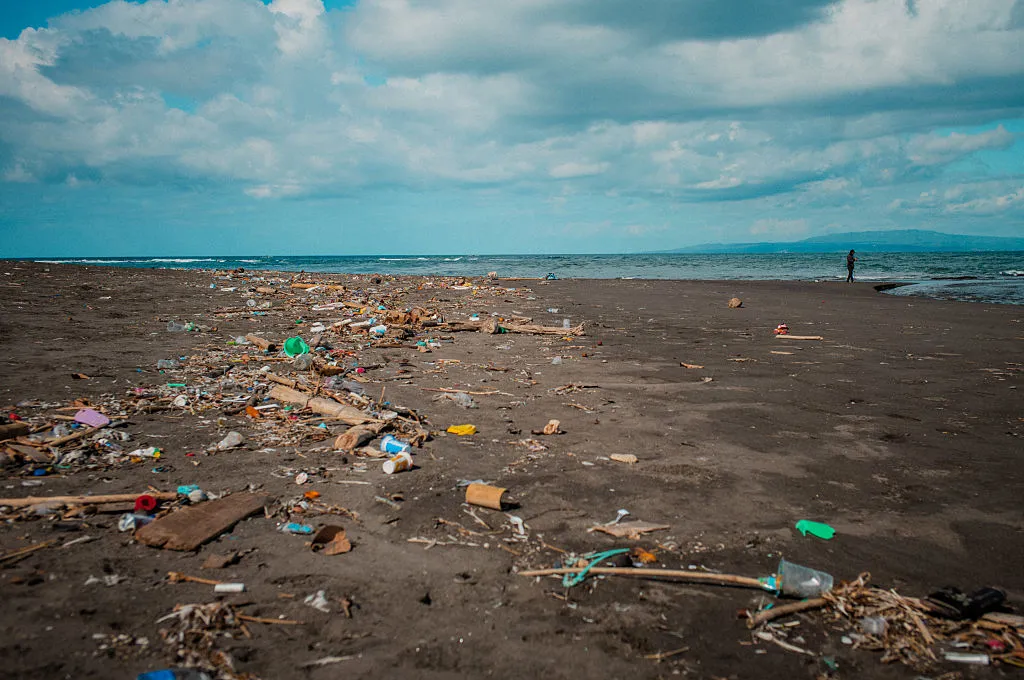
To receive Morning Links in your inbox every weekday, sign up for our Breakfast with ARTnews newsletter.
The Headlines
DEATH OF A PATRON. Matthew Christopher Pietras was a familiar face at some of New York City’s most elite cultural events, from Metropolitan Opera galas to American Ballet Theater soirées and Frick Collection openings. He also gained a reputation for sponsoring major events and giving generous donations, like the $10 million he gifted to the Met Opera in May. However, soon after the Soros family contacted the Met, claiming the funds actually belonged to a family member and not to Pietras, the young patron was found dead at his Madison Square Park apartment. The New York Times looks into how things went awry.
CLEAR OUT. When Clearing announced last week that it was closing for good, it became the fourth gallery with a New York presence to shutter in the past month, after Blum, Venus Over Manhattan, and Kasmin. Artnet News interviewed the gallery’s founder, Olivier Babin, to discuss why he’s decided to call it a day. “We could not continue,” he said. “Most people don’t get into the art business because it’s a good business. A 10-percent profit margin is a miracle. At best, it’s a good lifestyle. In New York we have the best artists, the best institutions, the best collectors. This is a wonderful community. I think that everyone is in it for that: the village, the conversation, the relationships, and the stories. And when it’s no longer about the stories, but only about the numbers, and the numbers are stacked against you—then I’m out.”
The Digest
A historic synagogue in Odessa, Ukraine, sustained significant damage following a Russian drone strike last week, one of several Jewish sites caught up in intense bombardments this summer. [Jewish Telegraphic Agency]
The legendary art collector, patron and impresario, Sylvio Perlstein, died on Wednesday. Hauser & Wirth confirmed the news with a post on Instagram, calling Perlstein “a visionary collector who shaped one of the most important art collections of the past century.” [ARTnews]
London’s Victoria Miro gallery has unveiled Live / Archive, a new digital platform that brings its exhibitions online with advanced technical and immersive features. Combining 3D modeling, augmented reality (AR), and virtual reality (VR), the platform aims to transform how audiences experience art remotely. [The Art Newspaper]
Here’s yet another riff on Dean Kissick’s “The Painted Protest” polemic: Published in ArtReview, it argues that recent anti-authoritarian protests in Poland suggest contemporary art continues to have a major impact on politics. [ArtReview]
The Kicker
LOAD OF RUBBISH. The Guardian reports how Enzo Suma, a 44-year-old naturalist guide from Salento, Puglia, has long collected rubbish during his walks along Carovigno beach, a pristine stretch of coastline near his home. One day, while picking up litter, he came across an old Ambre Solaire sunscreen bottle. At first glance, it seemed like any other piece of plastic waste—until he noticed the price was listed in Italian lire, a currency replaced by the euro in 2002. Intrigued, Suma investigated further and discovered the bottle dated back to the late 1960s. This moment was a turning point. It starkly demonstrated the durability of plastic and its long-lasting impact on the environment. Inspired, Suma founded Archeoplastica, an online museum that now features over 500 pieces of plastic waste found on Italian beaches—each item a relic of consumer history and a sobering reminder of plastic pollution. Suma, who studied environmental science at Ca’ Foscari University in Venice, said the discovery changed his perspective. “It’s one thing to be taught that plastic lasts for centuries,” he noted, “and another to see it with your own eyes.” His project gains relevance as experts warn plastic pollution poses a growing, under-recognized threat to both human and planetary health.

